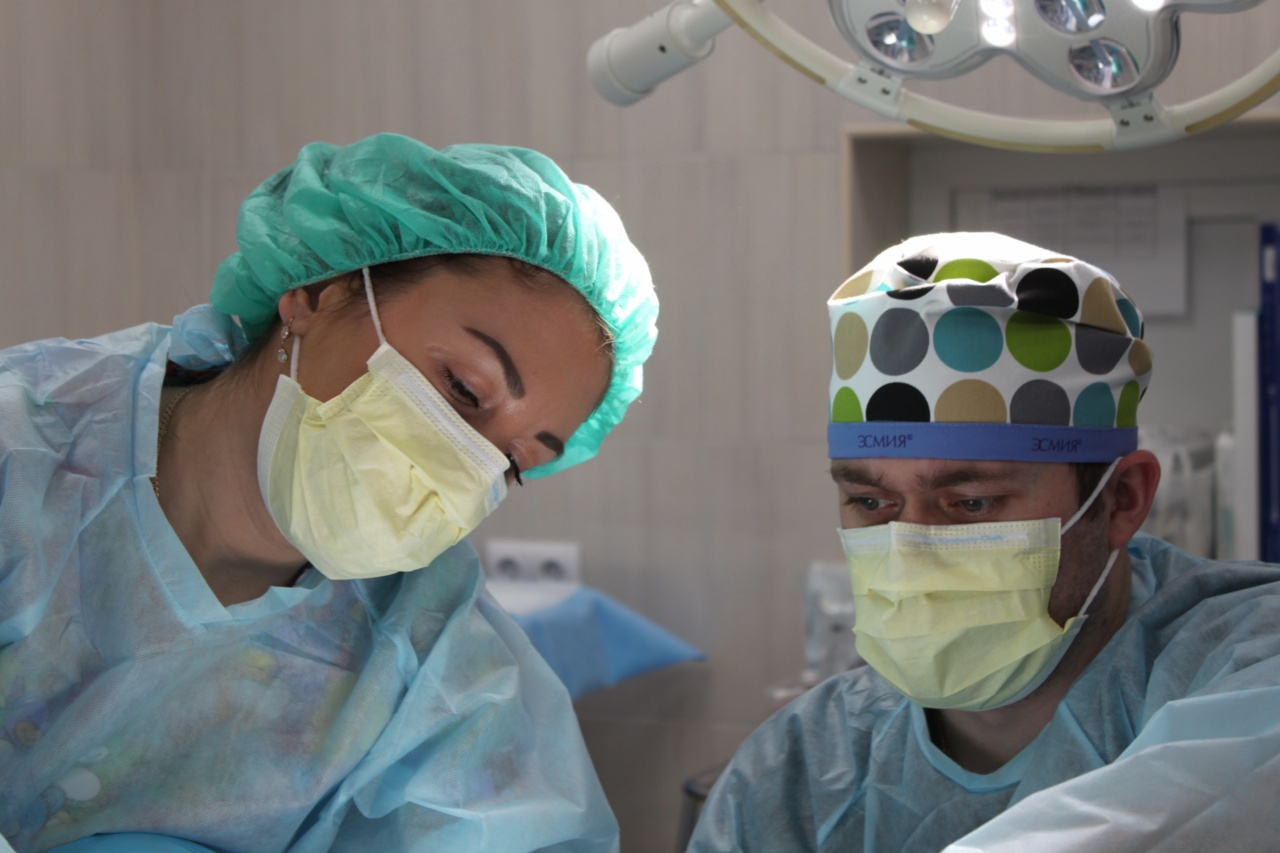Robotic surgery, also known as robot-assisted surgery, is a relatively new medical procedure that uses robotic systems to perform surgeries.
It is a minimally invasive alternative to traditional surgery that offers several benefits, including smaller incisions, reduced blood loss, and faster recovery times.
However, as with any medical procedure, the cost of robotic surgery can be a concern for many patients. One question that is frequently asked is whether robotic surgery is covered by health insurance.
In this article, we will explore the answer to this question and provide some additional information about robotic surgery and health insurance.
What is robotic surgery?
Robotic surgery, as mentioned earlier, is a minimally invasive surgical procedure that uses robotic systems to perform surgeries. The robotic systems are controlled by the surgeon, who operates a console that displays a 3D view of the surgical site.
The console is equipped with controls that allow the surgeon to manipulate the robotic arms, which are inserted into the patient’s body through small incisions.
Robotic surgery is used in a variety of medical specialties, including urology, gynecology, and general surgery. Some of the procedures that can be performed using robotic surgery include prostatectomy, hysterectomy, and cholecystectomy.
Is robotic surgery covered under health insurance?
The answer to this question depends on the insurance plan you have. Some insurance plans do cover robotic surgery, while others do not.
If you are considering robotic surgery, it is important to check with your insurance provider to find out whether the procedure is covered and what your out-of-pocket expenses might be.
Most insurance plans that cover robotic surgery require pre-authorization before the procedure can be performed. This means that the surgeon must demonstrate that the surgery is medically necessary and that alternative treatments have been considered.
In addition, insurance plans typically have specific criteria that must be met before they will cover robotic surgery. For example, the patient may need to have a certain medical condition or meet certain diagnostic criteria.
The surgeon may also need to have a certain level of experience with robotic surgery before the procedure can be covered.
What are the benefits of robotic surgery?
Robotic surgery offers several benefits over traditional surgery, including:.
- Smaller incisions: Robotic surgery typically involves smaller incisions than traditional surgery, which can result in less scarring and a faster recovery time.
- Reduced blood loss: Because robotic surgery is minimally invasive, there is typically less blood loss during the procedure.
- Less pain: Robotic surgery can be less painful than traditional surgery, which may reduce the need for pain medication.
- Faster recovery: Because robotic surgery is less invasive than traditional surgery, patients may be able to return to normal activities more quickly.
What are the risks of robotic surgery?
Like any surgery, robotic surgery carries some risks. Some of the possible risks associated with robotic surgery include:.
- Injury to surrounding organs or tissues
- Bleeding
- Infection
- Pain
- Nerve damage
- Equipment failure
It is important to discuss the risks and benefits of robotic surgery with your surgeon before deciding to undergo the procedure.
What are the costs of robotic surgery?
The cost of robotic surgery can vary widely depending on a number of factors, including the type of procedure, the location, and the surgeon’s experience.
In general, robotic surgery tends to be more expensive than traditional surgery due to the cost of the equipment and the training required to use it.
If robotic surgery is covered by your insurance plan, your out-of-pocket expenses will depend on your specific plan. Some plans may cover the full cost of the procedure, while others may require you to pay a deductible, co-pay, or coinsurance.
What should I consider when deciding whether to undergo robotic surgery?
If you are considering robotic surgery, there are several factors to consider:.
- Your medical condition and whether robotic surgery is a good option for you
- Your insurance coverage and out-of-pocket expenses
- The experience and qualifications of your surgeon
- The risks and benefits of robotic surgery compared to traditional surgery
It is important to have an open and honest discussion with your surgeon about these factors to help you make an informed decision about whether robotic surgery is right for you.
Conclusion
Robotic surgery is a relatively new medical procedure that offers several benefits over traditional surgery, including smaller incisions, reduced blood loss, and faster recovery times.
However, the cost of robotic surgery can be a concern for many patients.
If you are considering robotic surgery, it is important to check with your insurance provider to find out whether the procedure is covered and what your out-of-pocket expenses might be.
You should also consider the risks and benefits of robotic surgery, as well as the experience and qualifications of your surgeon, before making a decision.


























